In the realm of biomimicry, few innovations have captured the imagination of scientists and engineers quite like the water-harvesting techniques inspired by the humble Namib Desert beetle. This unassuming insect, native to one of the driest regions on Earth, has evolved a remarkable system for collecting moisture from the air—a feat that has sparked a wave of research into bioinspired water-harvesting materials. At the heart of this technology lies the concept of patterned hydrophilic-hydrophobic surfaces, a design principle that mimics the beetle's back to maximize water condensation and collection.
The Namib Desert beetle survives in an environment where rainfall is scarce, but fog rolls in regularly from the Atlantic Ocean. Its shell features a unique texture: alternating hydrophilic (water-attracting) and hydrophobic (water-repelling) regions. When fog condenses on the beetle's back, tiny droplets form on the hydrophilic bumps, grow larger, and eventually roll down into the beetle's mouth thanks to gravity and the hydrophobic channels. This natural example of efficient water collection has become a blueprint for human-engineered solutions to water scarcity.
Researchers across multiple disciplines have been working to translate this biological strategy into practical applications. The most promising developments have emerged in the form of artificial condensation surfaces that replicate the beetle's patterned shell. These surfaces typically consist of a substrate material—often a polymer or metal—that's treated or structured to create microscopic hydrophilic and hydrophobic zones. The size, spacing, and arrangement of these zones prove crucial to the surface's water-harvesting efficiency, requiring precise engineering at the micro- and nanoscale levels.
Recent advancements in fabrication techniques have enabled more sophisticated implementations of this concept. Laser etching, for instance, allows for extremely precise patterning of surfaces, creating intricate networks of water-attracting and water-repelling areas. Similarly, chemical vapor deposition methods can apply thin coatings that alter a material's surface properties at the molecular level. These technological improvements have led to surfaces that not only mimic the beetle's natural design but in some cases surpass its water-collection capabilities.
The potential applications of this technology extend far beyond simple water collection. In agriculture, beetle-inspired condensation surfaces could be incorporated into greenhouse structures to capture nighttime moisture for irrigation. In architecture, buildings might one day feature facades that harvest atmospheric water to supplement municipal supplies. Even in industrial settings, these surfaces could improve the efficiency of heat exchangers and other condensation-dependent processes. The versatility of this approach speaks to the power of learning from nature's time-tested solutions.
One particularly innovative application involves integrating these patterned surfaces with existing water infrastructure. Imagine urban water towers clad with beetle-inspired panels that passively increase water supplies during humid periods. Or consider remote communities where standalone water harvesters, requiring no energy input, provide clean drinking water by mimicking the desert beetle's survival strategy. These possibilities highlight how a deep understanding of biological systems can lead to sustainable solutions for human challenges.
Despite the excitement surrounding this technology, significant challenges remain. Durability issues plague many prototype surfaces, as repeated condensation and evaporation cycles can degrade the carefully engineered patterns over time. Scaling up from laboratory demonstrations to practical, large-area installations also presents engineering hurdles. Moreover, the technology's effectiveness varies dramatically with environmental conditions—what works perfectly in a foggy desert might fail in more humid or arid climates. These limitations remind us that nature's solutions are often finely tuned to specific contexts.
Looking ahead, researchers are exploring ways to make beetle-inspired water harvesters more adaptable and robust. Some teams are experimenting with responsive materials that can alter their surface properties in reaction to environmental changes, much like living organisms do. Others are investigating hybrid systems that combine biological patterning with traditional water collection methods. As climate change exacerbates water shortages in many regions, the urgency to develop effective, sustainable water-harvesting technologies continues to grow.
The story of the Namib Desert beetle and its influence on water technology offers a powerful lesson in biomimetic innovation. It demonstrates how careful observation of nature's problem-solving can inspire human engineering breakthroughs. From the microscopic patterns on an insect's back to potential solutions for global water scarcity, this research trajectory shows the profound impact that can emerge when biologists, materials scientists, and engineers collaborate across disciplines.
As development continues, these beetle-inspired systems may become increasingly common in our built environment, quietly collecting water just as their biological counterpart has done for millennia. The convergence of biological insight and technological capability represented by this work points toward a future where humanity meets its challenges not by overpowering nature, but by learning from its elegant solutions.
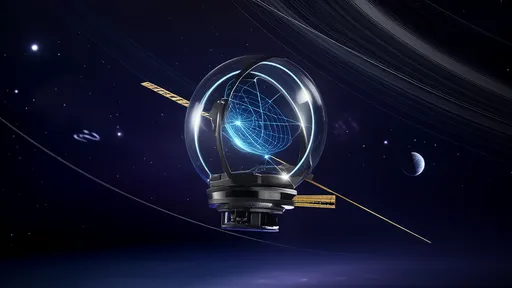
By /Aug 5, 2025

By /Aug 5, 2025

By /Aug 5, 2025

By /Aug 5, 2025
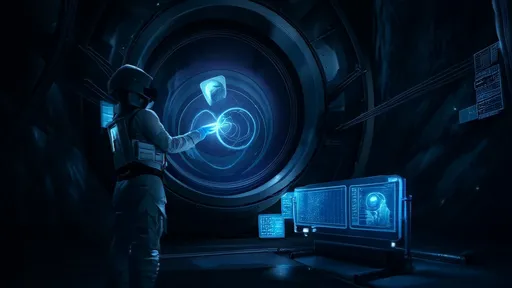
By /Aug 5, 2025
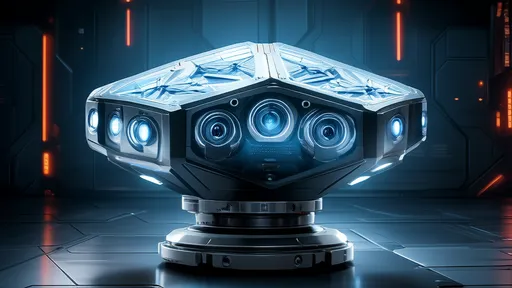
By /Aug 5, 2025
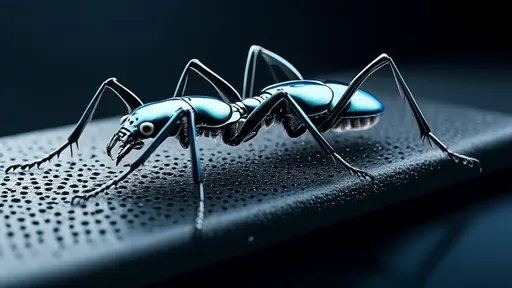
By /Aug 5, 2025
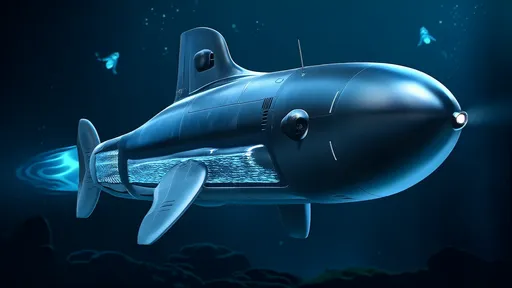
By /Aug 5, 2025
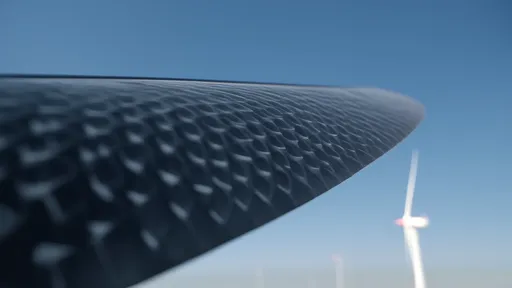
By /Aug 5, 2025
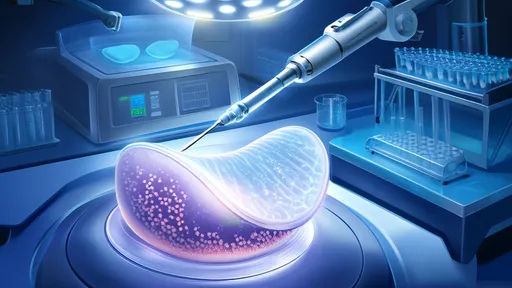
By /Aug 5, 2025
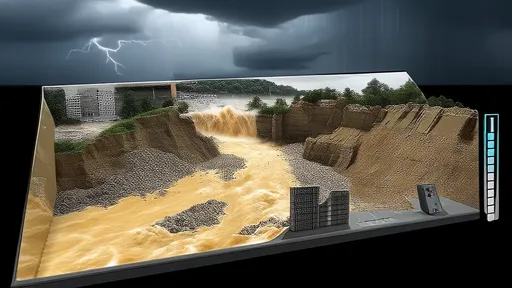
By /Aug 5, 2025
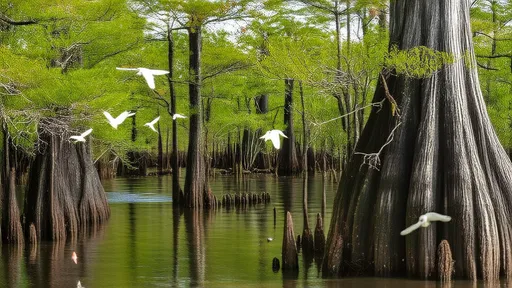
By /Aug 5, 2025
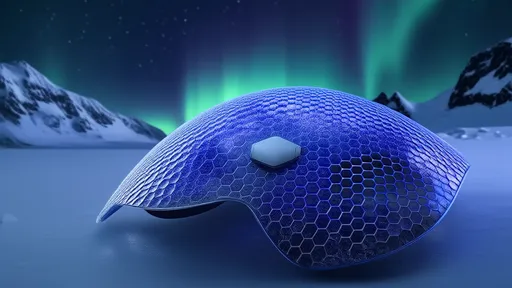
By /Aug 5, 2025
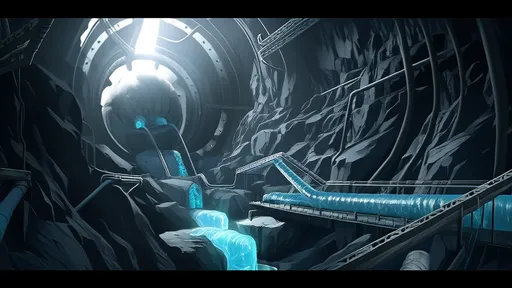
By /Aug 5, 2025

By /Aug 5, 2025

By /Aug 5, 2025
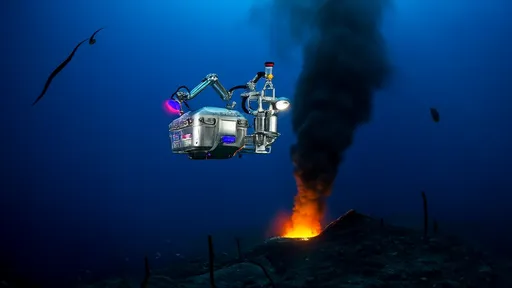
By /Aug 5, 2025
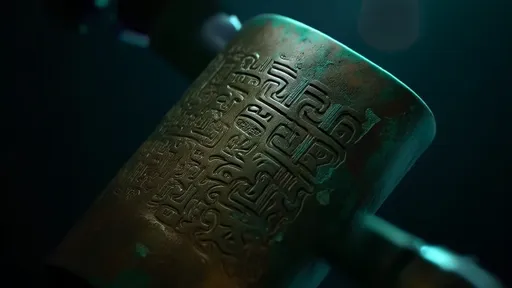
By /Aug 5, 2025

By /Aug 5, 2025
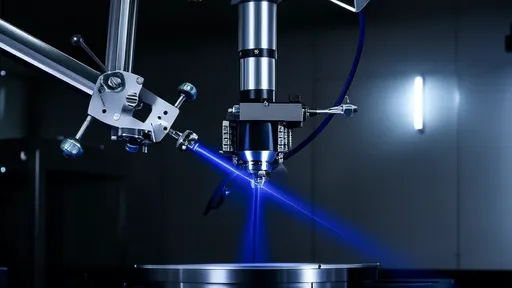
By /Aug 5, 2025